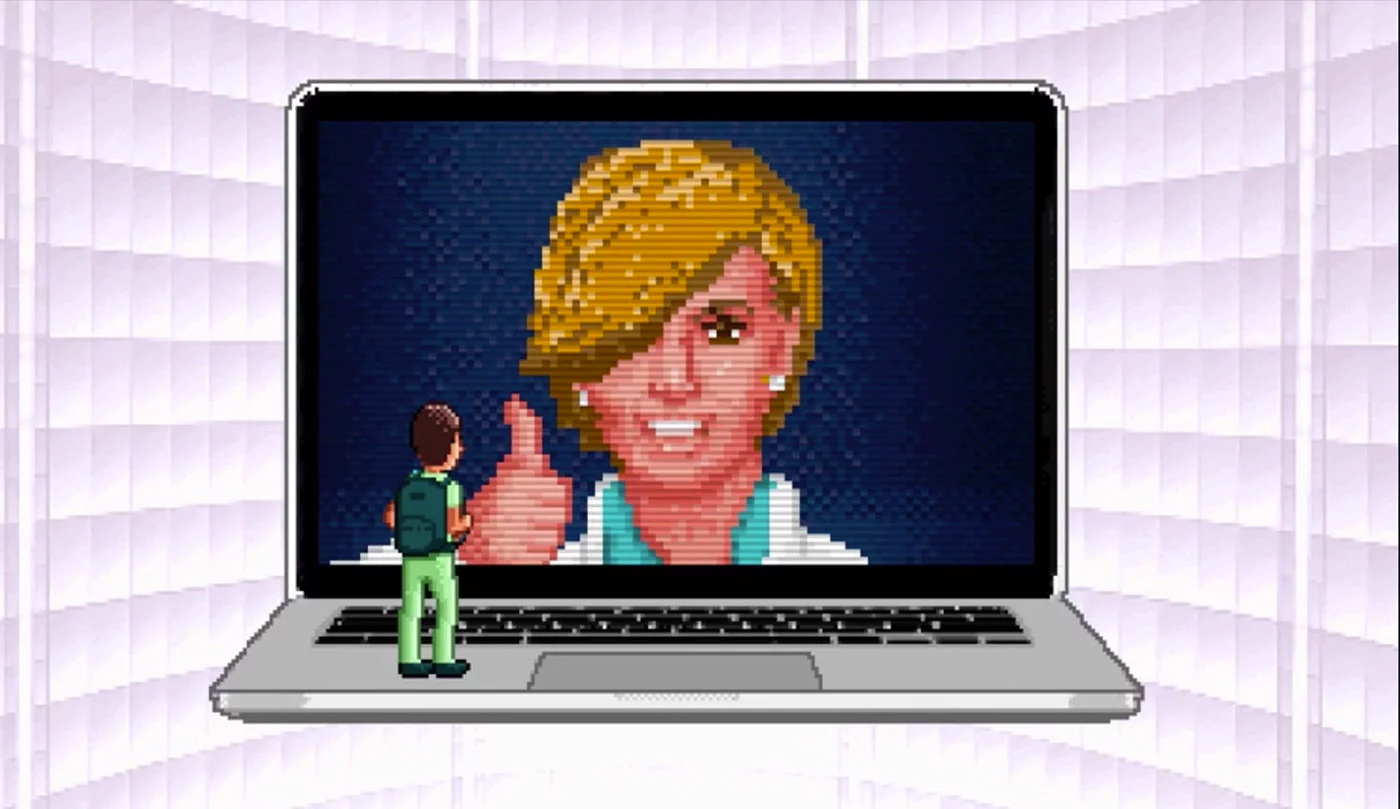COVID-19 precautions abound and like millions of others you’re stuck at home, thrown unceremoniously out of your daily routine. With no end in sight to the social distancing and professional isolation, you’re starting to wonder how you are going to deliver that lecture you were assigned, given that business update slated for tomorrow, or check in on the progress of those students you’re tasked with following up on. You know that your employer has given you access to a video conferencing platform to accomplish your goals but you’re not quite sure how to make it an effective use of everyone’s time. That’s what we’re here for!
Med School Tutors has more than one hundred thousand hours of experience tutoring medical students over video conferencing platforms for the United States Medical Licensing Exam (USMLE) among many other high-stakes tests.
To make the most of your video conferencing and remote sessions, here are some key things to keep in mind:
1. Video conferencing is not the same as an in-person session.
Okay, I know this one seems obvious on the surface but it’s really important to keep in mind. This is not an in-person session. Any session that is taken virtually needs to be approached differently than it would in a classroom or conference room. Why?
Body language and visual cues are much harder to pick up on. Participants are much more likely to get distracted. Natural “audience participation” is much harder to elicit and harder to control. If you take your session that was planned for a live audience, and move it online with no changes, you are going to have a tough time!
2. Try to use ethernet connected internet
Nothing makes video conferencing more of a bummer than having your audio or video cut in and out every three minutes. There’s nothing more frustrating than having someone stop your presentation and say, “Wait, can you repeat that?” or “Sorry, we didn’t hear you, you’re cutting in and out.”
Avoid this by avoiding WiFi if you can manage it. Certainly don’t present from a coffee shop (if any are still open near you!). Even if your home WiFi is generally strong, it might struggle with the added burden of a video conference call. Do yourself a favor and get a cheap ethernet cord, and connect your computer directly to your router.
3. Don’t use your computer’s default audio! Do you have a microphone?
Spoiler alert: The native audio on your computer or laptop probably stinks. Especially the microphone. Do yourself a favor and get a good headset with a good microphone. They aren’t expensive and make a world of difference for audio quality. Or at least use your earbuds. Whatever you do, PLEASE wear headphones of some kind because nothing is worse than the awful feedback that happens when certain participants don’t wear headphones and listen to audio on speaker.
4. MUTE your mics!
This is a personal pet peeve of mine. Someone is in the middle of making a great presentation and in the background you hear… a cat meowing. Or someone loudly chewing something. Or someone chatting with someone behind them. Or someone typing or clicking around with their mouse. It’s immensely distracting and rude to other participants. So please, MUTE your mics if you are not currently talking and have your participants do the same. You’ll be glad!
5. Keep your participants from getting distracted
Anyone who has participated in online lectures, meetings, or conferences for any amount of time can attest to how difficult it is to not get distracted. Subtract the social pressure of sitting in a room with people and add in sitting at a computer with the internet (and social media!) and it’s a recipe for twenty participants on Zoom and nobody actually paying attention. If you want your conference call to be a success, you have to manage everyone’s tendency to get distracted. Ask lots of questions, make it known that you’re going to cold call people, or have people do small exercises and then report back to the group.
6. DO use cameras!
Part of what makes video conferencing so hard is the lack of a personal feel. You can bridge this gap a little bit by encouraging participants to use their cameras. Presenting to a bunch of familiar faces who are engaged in what you are saying is much easier than feeling like you’re talking to a screen and your words are floating off into the void. If you do choose to use cameras, encourage participants to dress nicely, pay attention, and sit up in a chair rather than lying down in bed (yes, this happens all the time).
7. Practice active listening
This goes for both the speakers and the listeners. Give each other visible physical cues, such as nodding your head, smiling from time to time when someone says something entertaining… You can even take it alllllll the way back to grade school and raise your hand (physically) if you’d like to say something. It’s a cue we’ve all been hard-wired to respond to, and it can be more effective than verbally attempting to butt in, which often only garbles the audio and confuses/frustrates everyone on the call.
8. Take advantage of the video conference drawing tools
Many video conferencing platforms have a drawing tool which experienced users will take advantage of to improve their meetings. Such platforms often give you the ability to “share” a plain whiteboard to your participants and then actively draw on it in real time. While many participants will likely zone out someone’s voice if they’re being talked at for thirty straight minutes, having an evolving picture in front of them is a great way to keep them engaged.
Even better, it can help people follow your thought process as you talk through complex concepts. You can also use the draw function to highlight and markup any powerpoint slides you are sharing in real time. Absent other visual queues (or laser pointer) this is a great way to help people follow along.
9. Don’t eat while on the call (or at least with your video on)
It’s just rude and distracting. Feel free to grab a snack between meetings. If you HAVE to eat, turn that camera off!
Video conferencing is an incredible tool, and one that we’ve helped thousands of students succeed through.
If you find yourself scratching your head or looking for pointers — whether you’re faculty or an administrator, or you’re a student who’s stepping up doing some peer tutoring — get in touch. We live and breathe this kind of work, and can help you avoid making rookie mistakes so you shine — and ultimately help your students and/or colleagues make the most of this “working remote” time.





